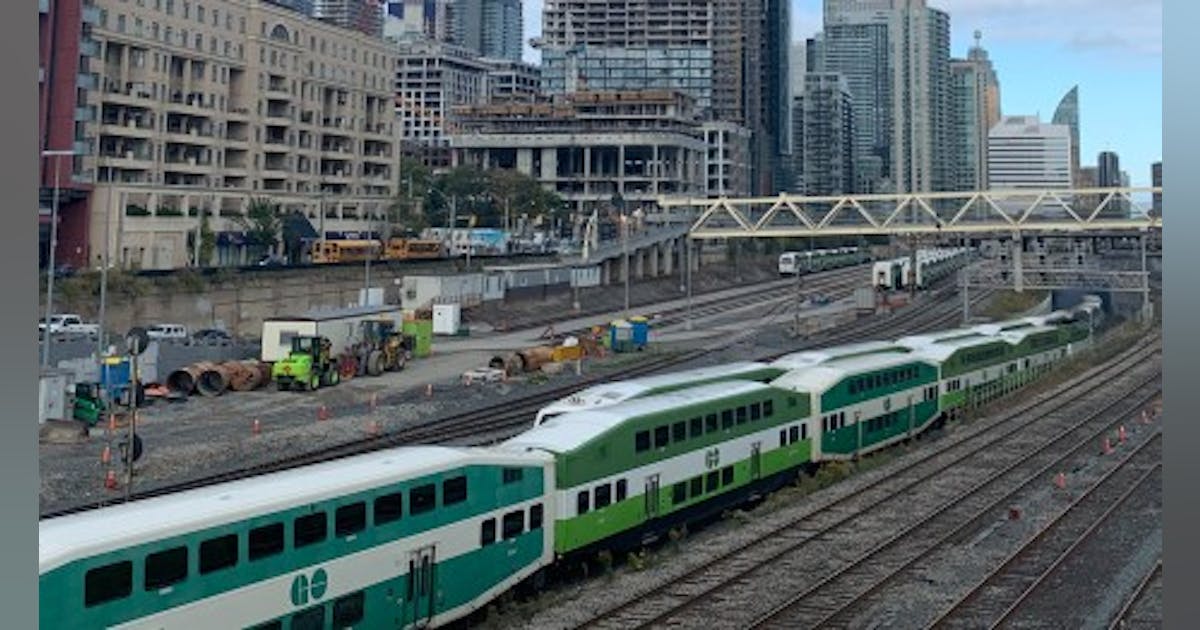It's not an anecdotal story
@smallspy - and I think that
@cplchanb understands my point.
Google "Cornish Riviera Express" and you will get plenty of information about the run he drove, the engines that were used etc. It was quite a famous service at the time. I will give you that "stopping less" point - The GWR used slip coaches so they didn't have to stop and literally just detached carriages as the train passed the station - not sure that would pass health and safety now. This extract from "
Railway Wonders of the World" is interesting. There were other express services that ran that level of service too - the Flying Scotsman is perhaps more famous.
My point was that the railway company - GWR did everything it could to provide the most reliable, and fastest, service - 4 hours for 360 km daily and literally as regular as clockwork. Toronto to London is about half the distance, and takes about 2.25 hours. The GWR service was expected to be on-time, everyday and the entire company took pride in that level of service. A watch-maker was employed at the depot (Old Oak Common) - every driver had a company-issued watch which they handed in when they finished each run, and it was cleaned, wound and set to GWR time ready for the driver to pick up at the beginning of the next shift. When they retired, they got to keep their watch and my Dad has his Grandfather's GWR watch.
In the 21 century we have a system that runs passenger service which cannot boast that level of reliability. Sometimes trains leave on time, mostly they don't, and it is not unheard of that they don't leave at all! Service is run on stretches of line which
@Krypto98 says are down to 30 mph and, if I understand correctly, this is mostly due to a lack of maintenance not a lack of technology or difficult terrain. That is just so crap! How can a modern reliable fast service be run over rail that isn't fit for the service provided 70+ years old? It drives me bonkers that the rail system is so poor in Canada, when train is pretty much the ideal way to move goods and people across the long distances and the relatively flat terrain that we are blessed with. I would absolutely love to use the train to get to work and back (Toronto -> Guelph) but while it would have been possible at the beginning of the 20th century, it isn't possible right now as the track needs to be restored...
Its sad. That's all. And sarcastic comments about rose-coloured glasses just demonstrates petulance.
AmJ

www.masstransitmag.com




